Window blind ideas – treatments for privacy, insulation and decoration in any room
Add the perfect finishing touch to your windows with the right blind idea
Dressing windows can make all the difference to a decorating scheme, because a room without a window treatment of any kind just doesn’t feel finished. But more than purely decorative the right window treatment idea can be highly practical; providing privacy, managing light levels and regulating temperatures.
Elegant and practical, blinds are also a versatile decorating choice of window treatment. The right blind idea offers more directional cover than curtains alone.
Whether Roman, roller or blackout designs blinds are considered the most practical window dressing solution. Using less material than curtains to provide a neat, simple covering for all different styles of windows and doors.
Where privacy is an issue, such as in bedrooms and bathrooms, blinds are a good option. They can also be invaluable in modern glass extensions where too much light can be too bright – causing the space to get incredibly hot.
Blind ideas to suit all rooms
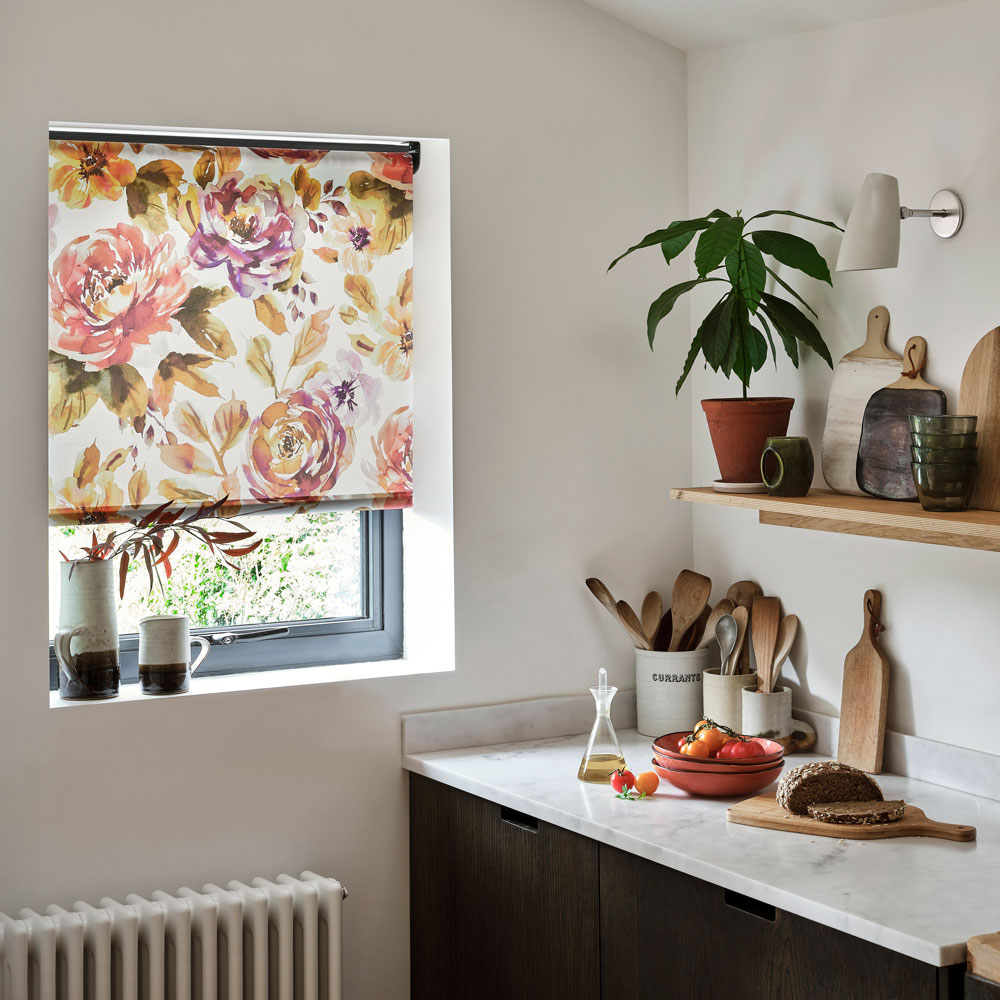
'Roller blinds are perfect for people looking for a budget friendly, simple, sleek and modern window covering' explains Hannah Cooley at Hillarys. 'They're not only a stylish solution for your home, but a practical one too.'
Think of the roller blind in a lightweight voile as a stylish and modern day alternative to net curtains – gently filtering light and offering some welcome shade and privacy.
Blinds are operated by a pull cord attached to the bottom of the blind or by a side-winding chain mechanism attached to the blind casing. Motorised controls are also available giving you the option to open and close your blinds remotely – depending on the design you choose.
Let these window blind ideas inspire your DIY and decorating design choice. We’ve got clever ideas for sash and bay windows – plus practical solutions for the bathroom and kitchen.
1. Pair decorative blinds with curtains
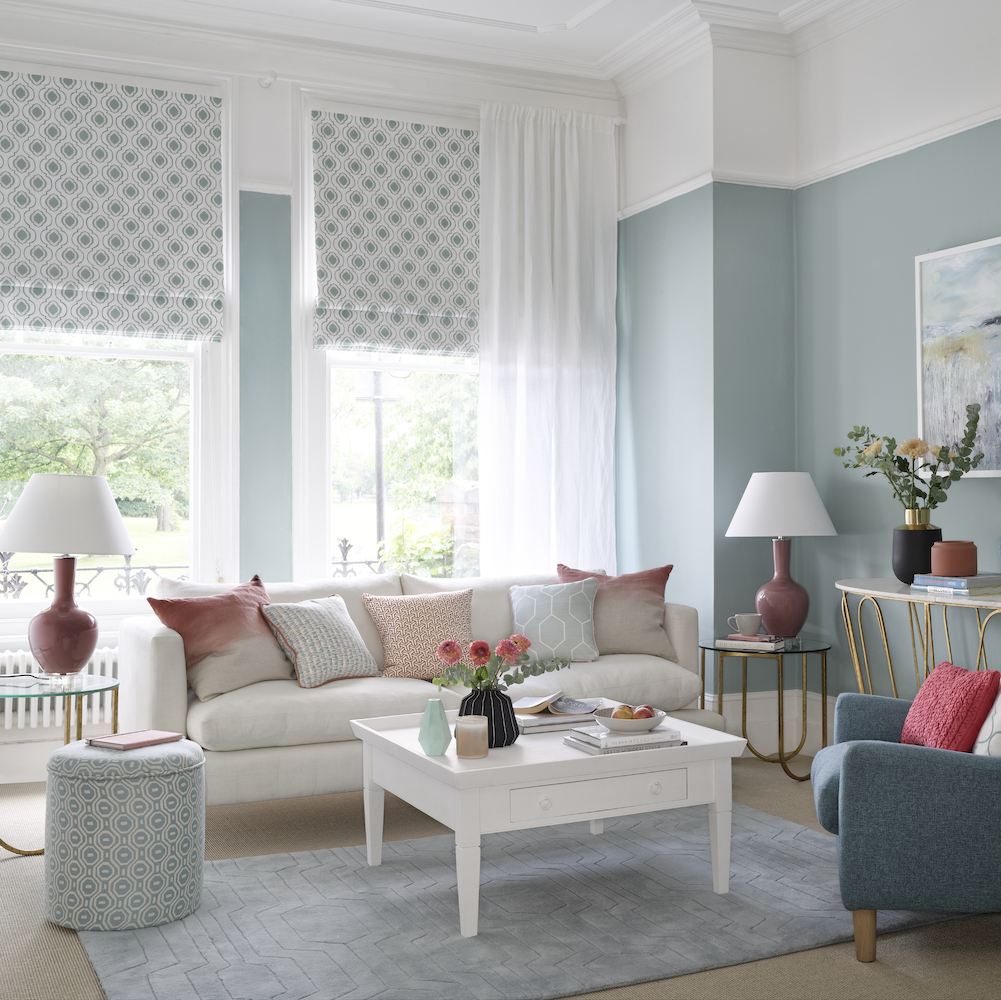
Pairing blinds with curtains helps to add a stylish touch any room, especially a well-dressed living room idea. 'Using voile curtains in combination with black out roller blinds, Roman blinds or heavier curtains is a really effective way to gain a high level of control over lighting and privacy levels' says Hannah Cooley at Hillarys.
'For example, pairing a voile Roman blind with blackout curtains allows for night time privacy and darkness, that can easily be switched up to let sunlight through during the day. If you opt for curtains with a thermal lining you’ll get an extra layer of insulation too, ideal for the cooler months.'
Top tip: Roman blinds are a popular choice for pairing with curtains, to allow the blind to frame the top of the window. This material design lifts up into a neat stack of soft, folds. This style offers the softest look of all the blinds options. Choose a heavyweight fabric for insulation.
2. Fit to frame for total blackout in bedrooms
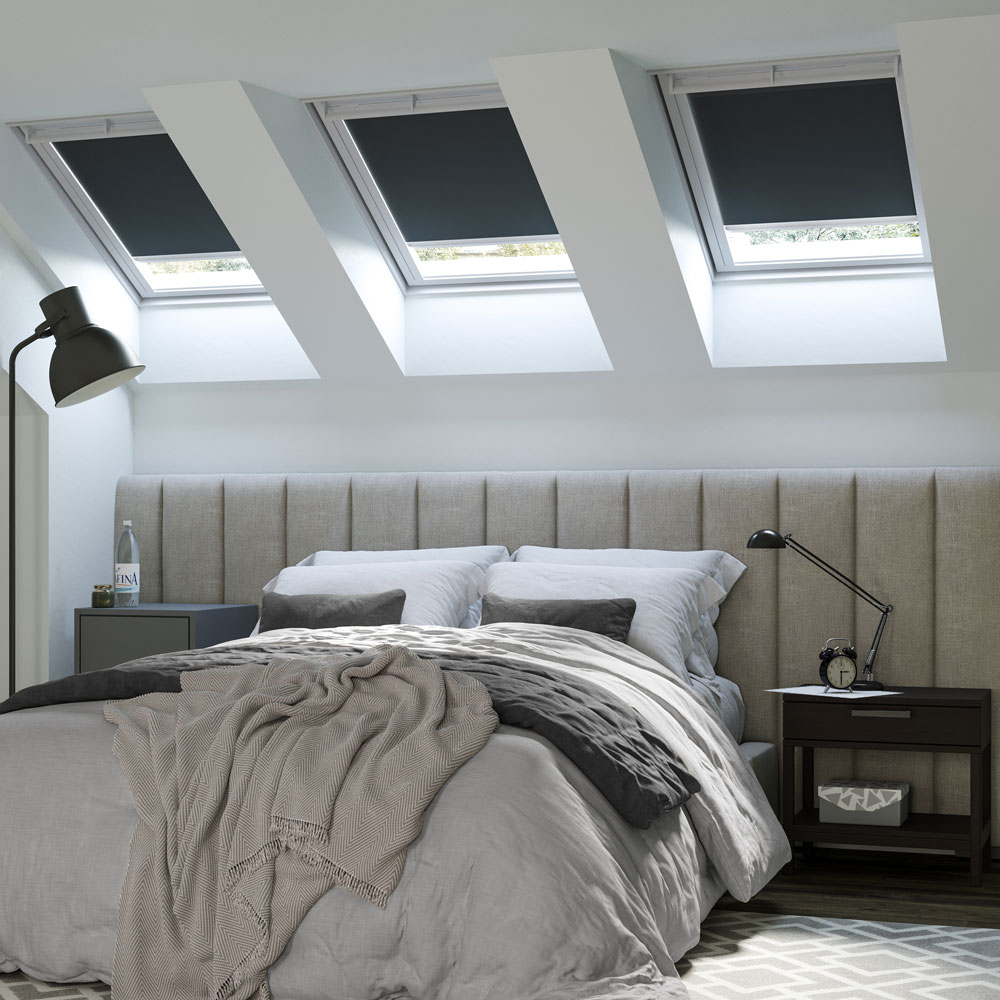
When looking to use blinds to completely block out the light it's best to choose framed blinds which provide total coverage. Because while blackout material will do its job, if there are any gaps around the edges the light will find its way in. A blind design built within a frame of a window, such as a Velux, will ensure there are slithers of light around the edges.
Match blackout bedroom curtain ideas to create the perfect environment for a good night's sleep.
3. Opt for a perfect fit for patio doors
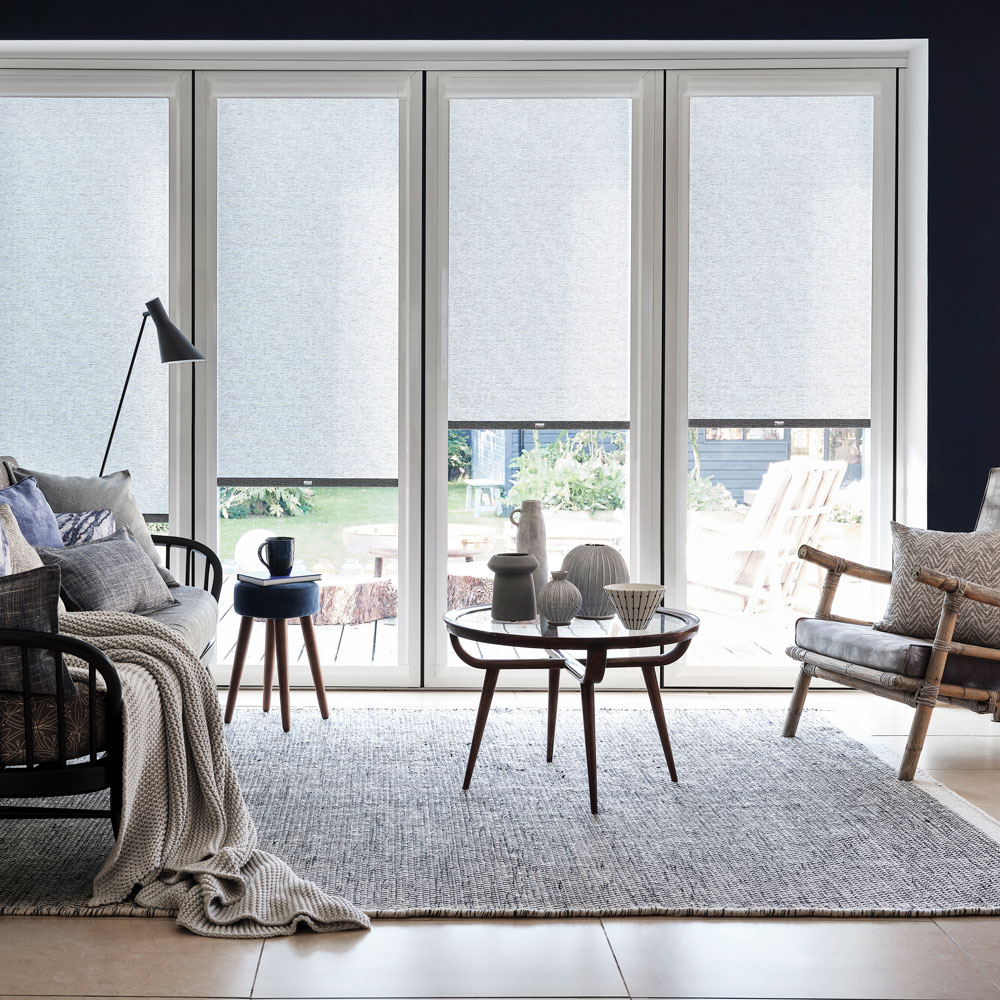
'Choosing blinds for patio doors, sliding doors and bi-fold doors can be a challenge' warns Hannah Cooley, product designer at Hillarys. 'Especially if they’re in regular use. PerfectFit blinds are an innovative and practical solution that gives you a neat finish that also allows for easy operation of your uPVC doors and windows.'
'A PerfectFit frame clips into place onto your uPVC window and the made-to-measure roller blind sits within the PerfectFit frame. There are no cords or chains and no need for drilling into your uPVC window frames.'
4. Cover the full width
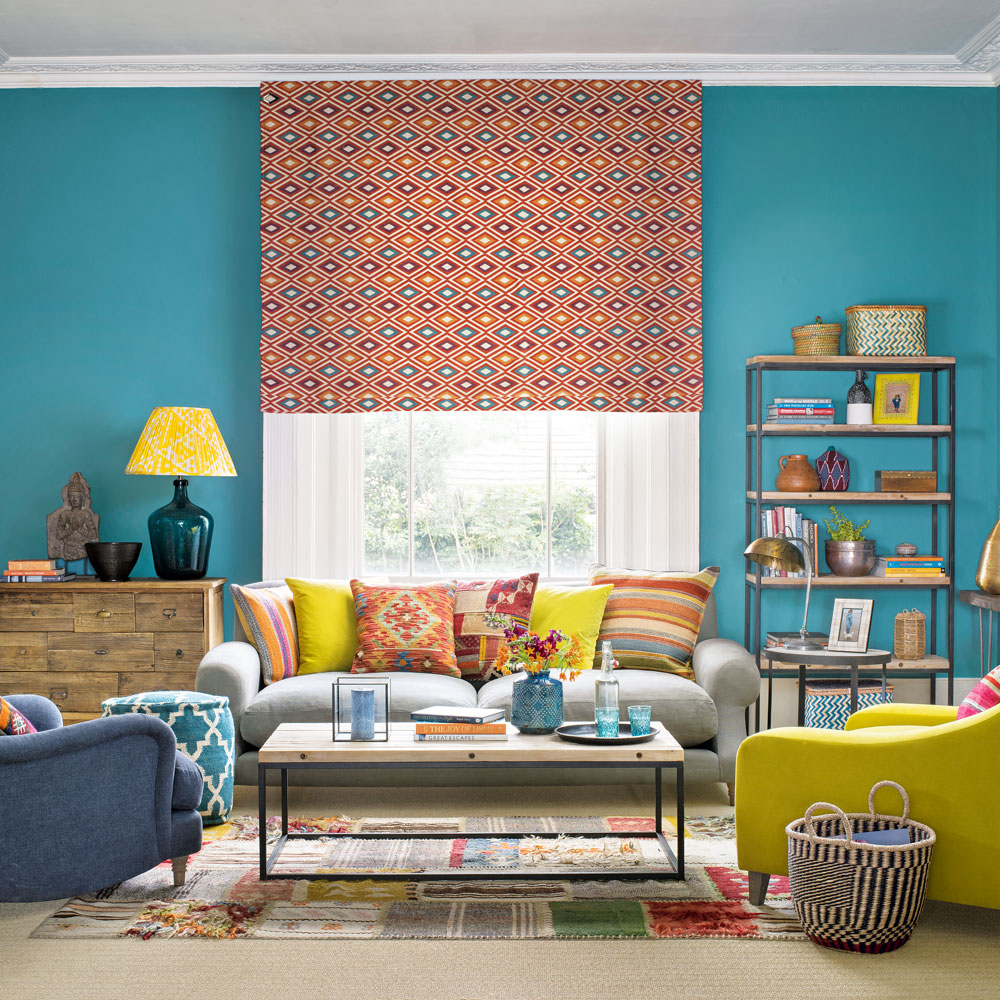
In a living room where you wish to coordinate colour and add pattern you may wish for a simple blind idea, one that is not used for any other purpose than to be decorative. In this instance a simple a panel frames the full width of the window frame to ensure total coverage, dropped to a half height – allowing for enough light but maintaining a decorative impact on the decor.
5. Match the wall colour to create more space
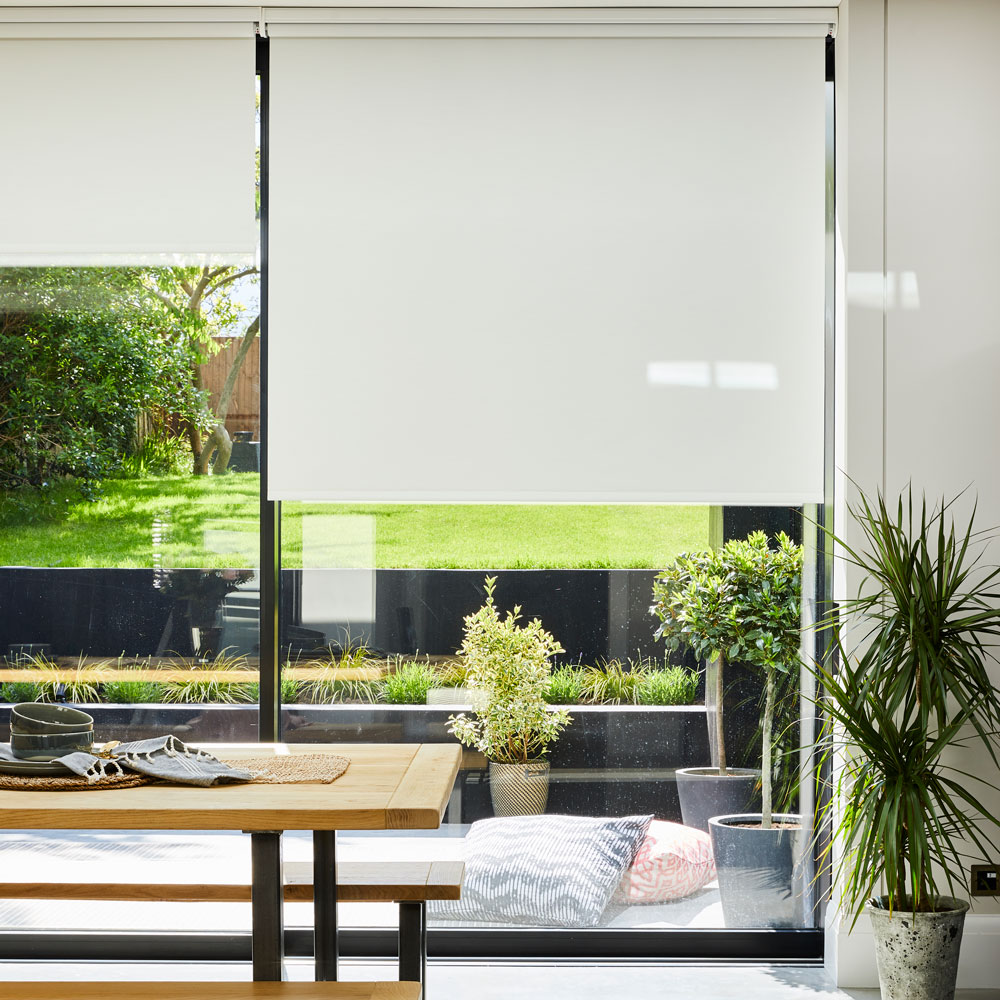
When blinds are essential rather than 'wanted' as such, opt for a simple design that will enhance rather than overpower decor choices. This is an effective choice for a small kitchen idea or a compact bathroom design.
'If you want to make a room feel larger, match your fabric to the wall colour,' explains Victoria Walker, product manager at Hillarys. 'Hang them high and wide to make the ceiling appear higher and the room bigger'.
6. Use dedicated blinds to cover a bay window
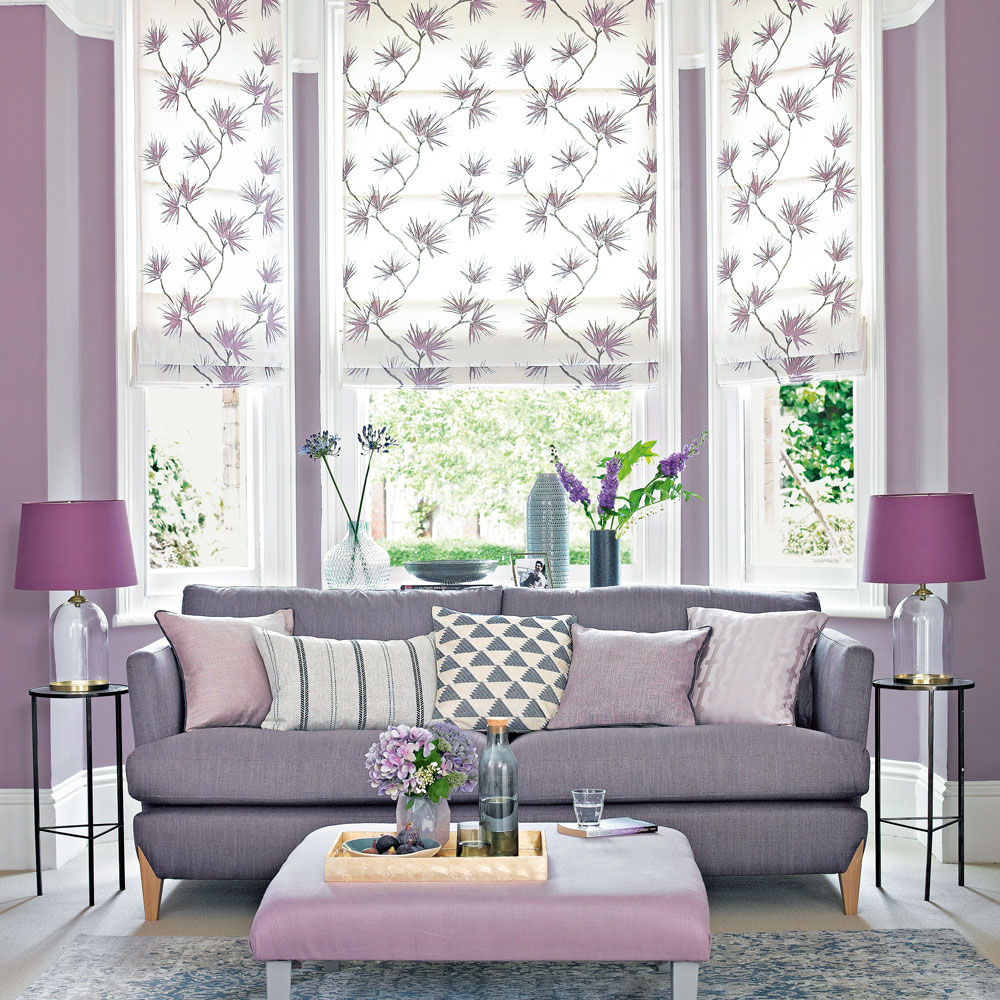
Finding the right treatment for a bay window can be tricky, due to the fragmented wall layout. So how to dress bay window? Fitting a blind to each segment is an elegant option. The simple design of a blind is also the ideal way to showcase a beautiful fabric. In a large bay, opt for a bold pattern or colour to create a focal point – a contrasting trim or border adds opulence and frames the blind.
Individual blinds, of all types, can be fitted with ease to support the needs of each window. In this living room the chosen design is pleated blinds which drop down to an easily adjustable height, one which provides a perfect balance of privacy and light quality.
7. Mimic the view while blinds are down
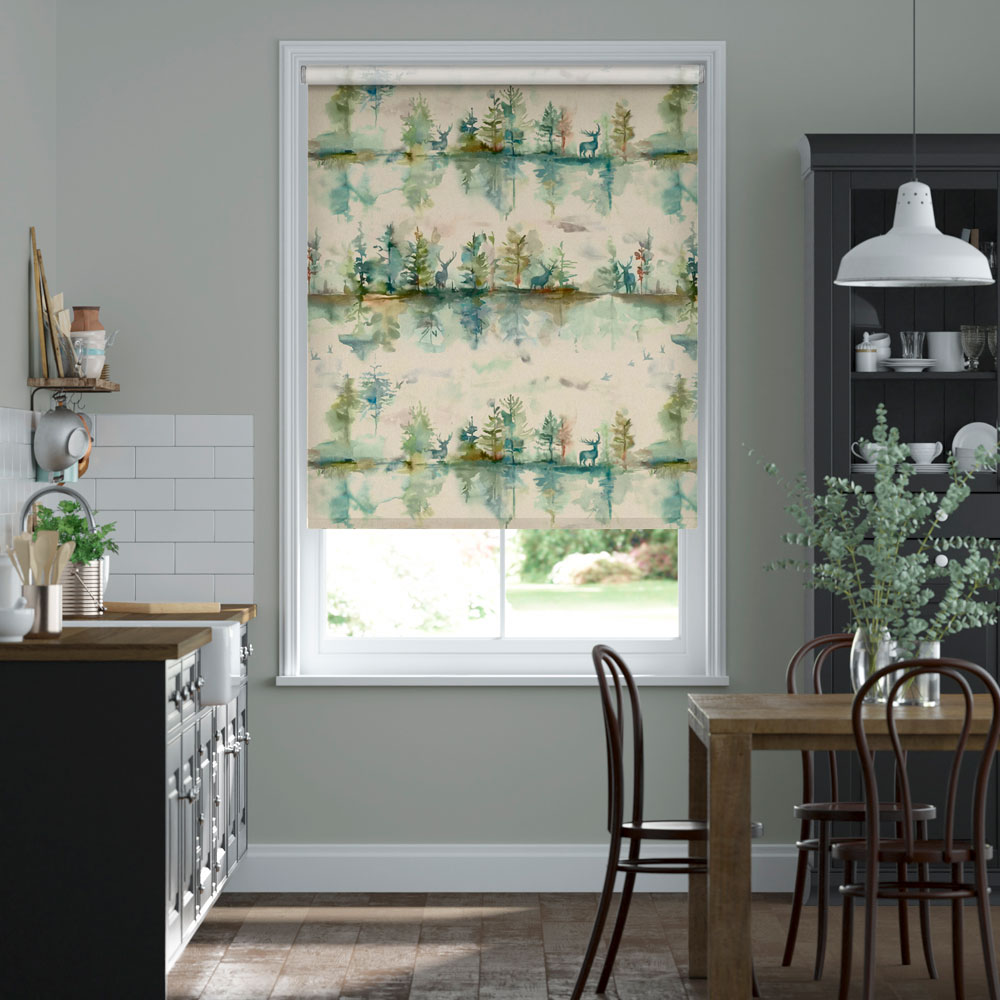
While shutting the world out can be necessary, it can be a downside to lose the view beyond. Thankfully designers are embracing our appetite for picturesque blinds to substitute the view beyond.
'Statement windows are on trend,' explains Victoria Walker, product manager at Hillarys. 'Gone are the days where curtains and blinds were simply fit for keeping the world out, now they have the power to command the room. As well as filling our homes with plants, nature-inspired prints are a big trend especially when at a window where they can link the interior with outside'.
8. Add depth by layering blinds and curtains
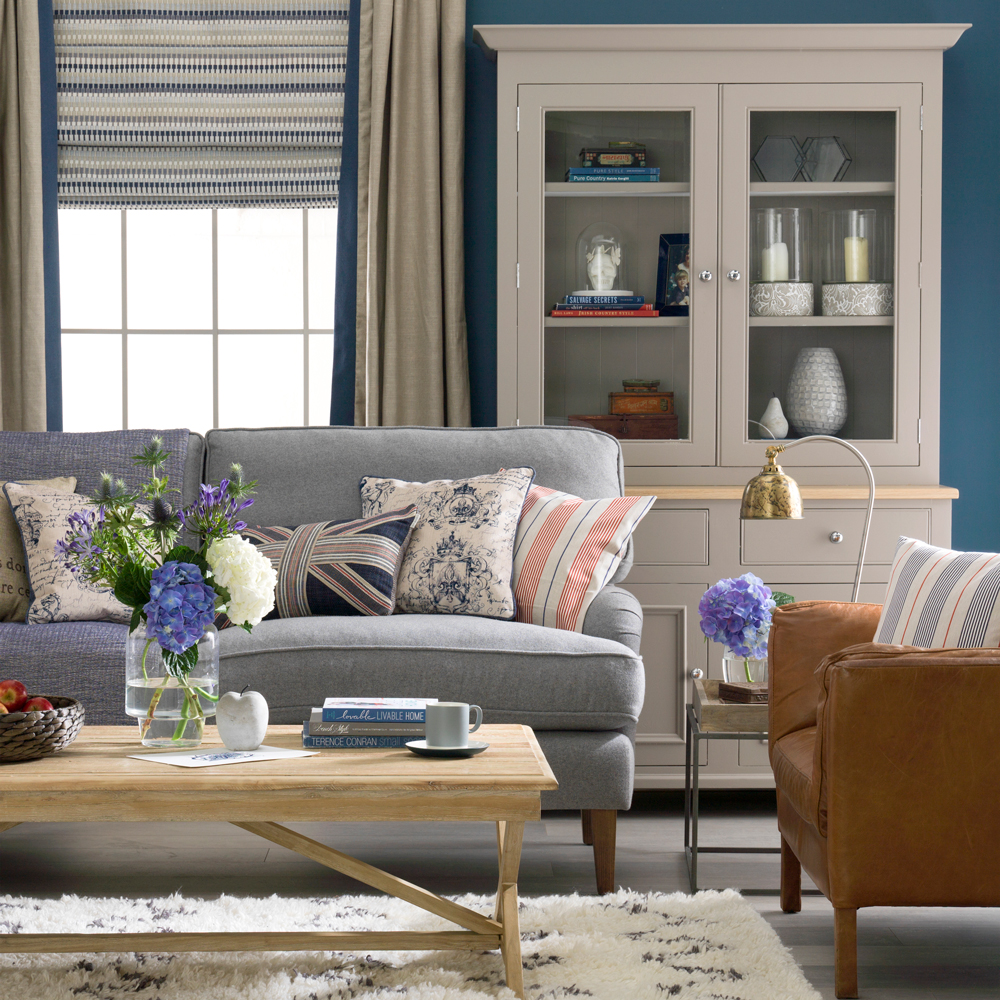
'Layering different blinds with curtains is a great way to combine fabrics at a window to create a sense of depth by playing on textures and patterns' says Victoria Walker, product manager at Hillarys. 'Or you might choose a blind to layer with curtains to increase the blackout effect or to enhance sound or heat insulation.'
9. Enhance the view
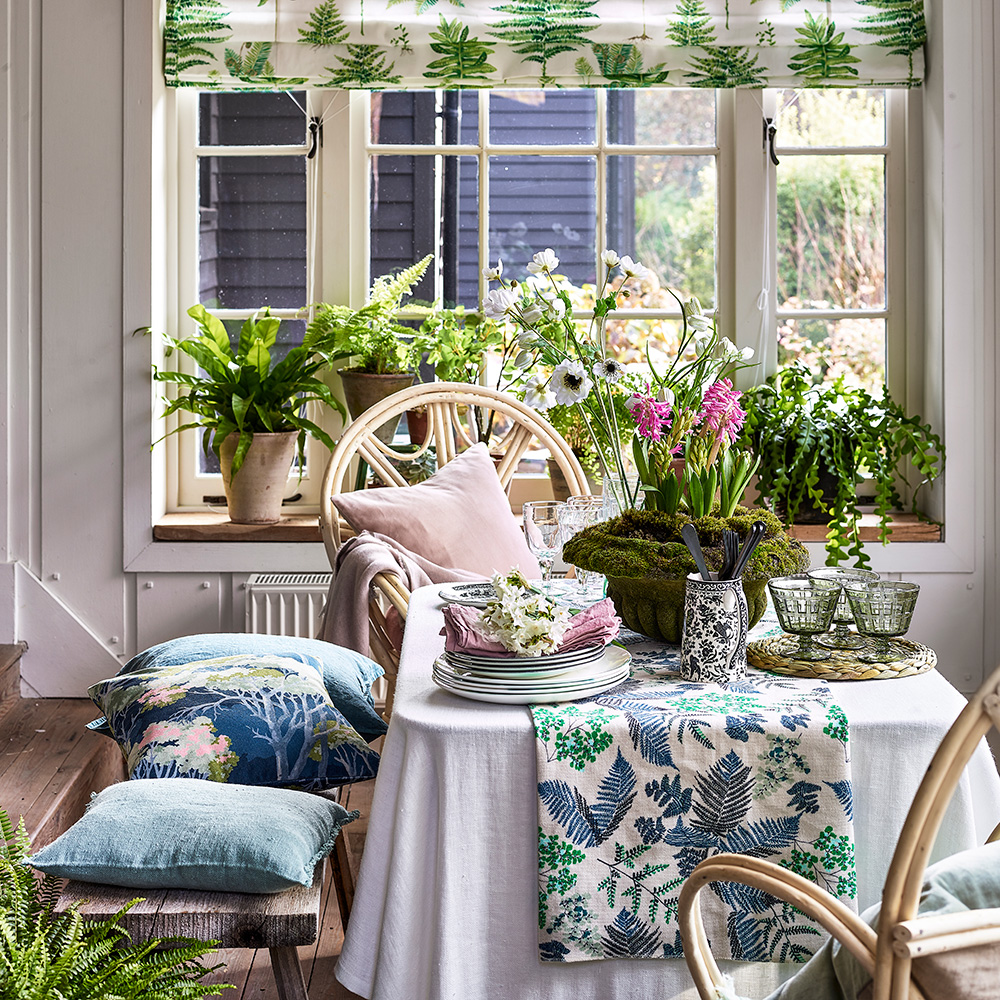
In an instance where you simply wish to add decoration , such as in a kitchen or dining room, you can make a budget-friendly blind act like a pelmet. If acting purely for decoration you won't require a full drop down length, because if you never intend to use it it's merely a waste of fabric – not to mention expense! It also adds a bulky look when the blind is raised to position, so less is more.
Choose a print that creates a sense of welcoming the outside in. 'As well as filling our homes with plants, nature-inspired prints are also a big trend, especially windows where they link the interior with outside' says Victoria Walker, product manager at Hillarys.
10. Choose a warming element
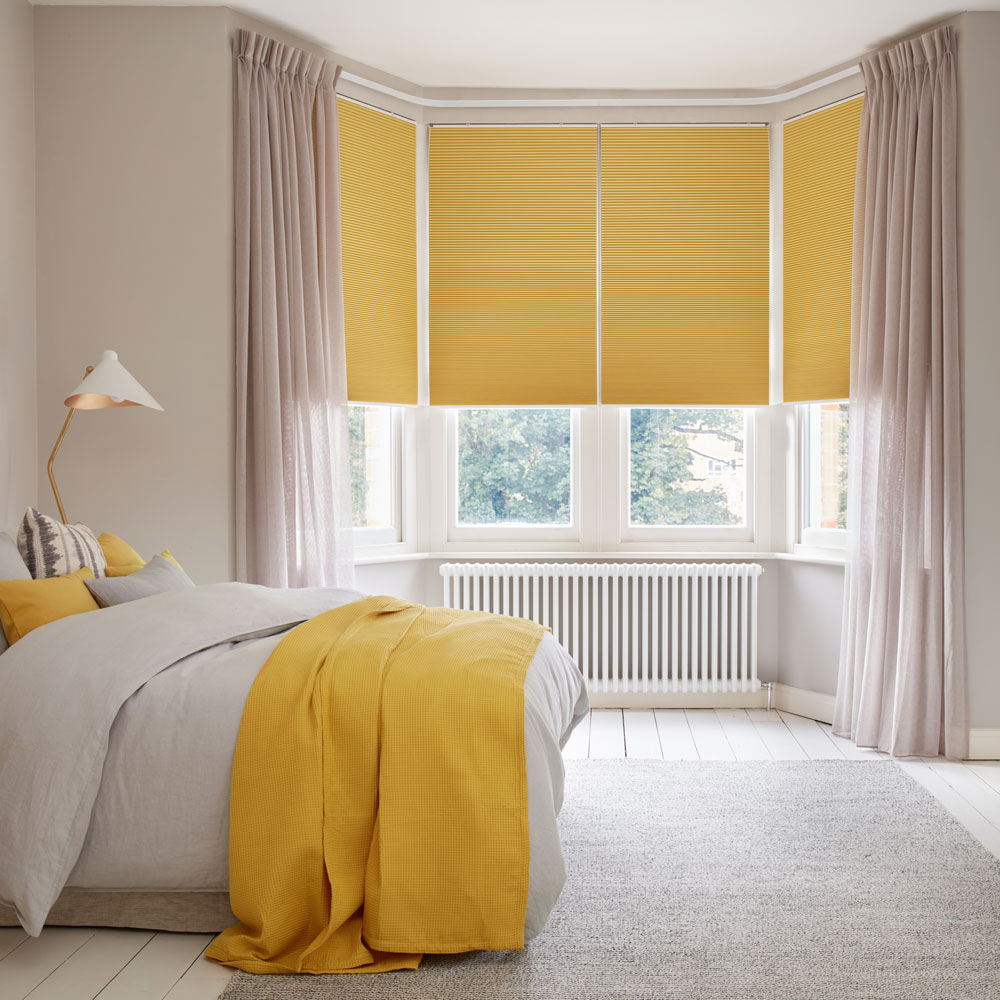
These smart blinds at Hillarys are warming in the sense of the pop of bright yellow, warming the colour scheme. But more than that they are a thermal design which is quite literally warming too. A brilliant bedroom idea to ensure in the colder months your room is free from chills from exposed windows.
What are the different style of blinds?
- Roller blinds: Probably the most common. Roller blind designs are flat panels of fabric that has been stiffened, which wraps around a casing and fits into the top of your window frame. Either within or outside of your window recess. This design rolls down neatly from the top – offering clean lines perfect for contemporary schemes. An excellent option if your room contains Velux windows or similar. ‘Soft’ roller blinds combine the functionality of a normal roller with softer fabrics.
- Venetian blinds: The cheaper option to shutters, to have a more substantial material dressing windows. Made from slatted wood, metal or plastic they concertina down from a top bar. These can be tilted, raised or lowered to adjust the level of light and privacy.
- Sliding panels: Panels create a modern feel. They work best on large windows and glass doors, hanging down like an extended roller blind.
- Pull up blinds: Similar to a roller blinds but they cover only part of the window, pulling up from a cartridge at the bottom of the window.
- Vertical blinds: 'Vertical blinds are made up of individual fabric louvres held together with chains or weights' explain Hillarys. 'The louvres can be tilted to maintain privacy while letting in light, or positioned flat to block out strong sun. They also concertina to one side when you want a clear view. Vertical blinds fit sloping windows and curved bays, available in a range of performance fabrics such as blackout, fire-retardant and easy clean PVC. They’re one of the most cost-effective solutions for large windows – a fantastic choice for sliding glass or patio doors.'
- Day and night blinds: 'They look much like a roller blind but instead of one panel of fabric, Day and Night blinds are made up of two layers' explain Hillarys. 'Gilding over each other to allow more light in or block it out when the panels are closed. The moveable translucent strips also allow you to control privacy levels. A great option for saving on your energy bills. The versatility means you can adjust the temperature of a room by using natural sunlight instead of cranking up the heating.'
- Pleated blinds: 'A pleated blind fits snugly in your window, controlled with a tab that you simply pull up and down. Pleated blinds have lots of specialist applications, including no drill options for uPVC windows. Shaped solutions for conservatory roofs and top-down; bottom up blinds can be positioned anywhere in the window to control light, glare and privacy.'
What to consider when choosing blinds?
When choosing blinds you need to firstly consider the main purpose, which will depend on which room you are choosing your design for.

'First identify the function of the blinds, where they will be placed and if you need to look for specialist fabrics' advises Neil Makinson at Swift Direct Blinds. 'Blackout blinds are a great choice for darkening the room and aiding sleep. Whereas voiles will provide privacy without blocking off the view. Many homeowners request waterproof blinds for the bathroom. Faux wood blinds are a popular choice as the slats are constructed using a water-resistant, long-lasting UPVC material.'
Neil goes on to advise, 'Order samples in a range of fabrics. This allows you to see how the material will fit within your existing interior. If it’s a new project, start a moodboard to help create the perfect aesthetic. Make sure the colours and textures work well together to achieve the desired look and feel.'
What’s the difference between made-to-measure and off the shelf blinds?
'There is no such thing as a standard window size. For that reason off-the-shelf products rarely provide a good fit for your windows,' warns Hannah Cooley, product designer at Hillarys.
'Resulting in unsightly gaps around the blind with the need to adjust blinds to fit. Or blinds that are too short to fully close. Off-the-shelf blinds also offer a restricted range of styles, making it difficult to get the look you want.'
Top tips for choosing blinds
- Measure up carefully: When measuring a window recess, take your width measurements in mm from the top, middle and bottom of the recess to allow for any irregularity. Always use the smallest measurements.
- Fit more than one blind: A number of small blinds in one window will be easier to operate than a single huge blind.
- Improve insulation: Position blinds against the glass for the best possible insulation.
- Keep cords away from children: Keep cords short or anchor to a cord cleat so they can't become entangled.
- Check the surface: Ensure the surface the blind is to be fitted on - wall or window frame - is sound enough to take the weight of the blind, and always use strong screws and Rawlplugs.
- Buy a sample: A large, refundable sample will enable you to see how a fabric looks on a bigger scale in your room.
- Clean with a tumble dryer sheet: Remove dust from Venetian blinds with a tumble dryer sheet - the static attracts dust.
Get the Ideal Home Newsletter
Sign up to our newsletter for style and decor inspiration, house makeovers, project advice and more.
Tamara was Ideal Home's Digital Editor before joining the Woman & Home team in 2022. She has spent the last 15 years working with the style teams at Country Homes & Interiors and Ideal Home, both now at Future PLC. It’s with these award wining interiors teams that she's honed her skills and passion for shopping, styling and writing. Tamara is always ahead of the curve when it comes to interiors trends – and is great at seeking out designer dupes on the high street.
-
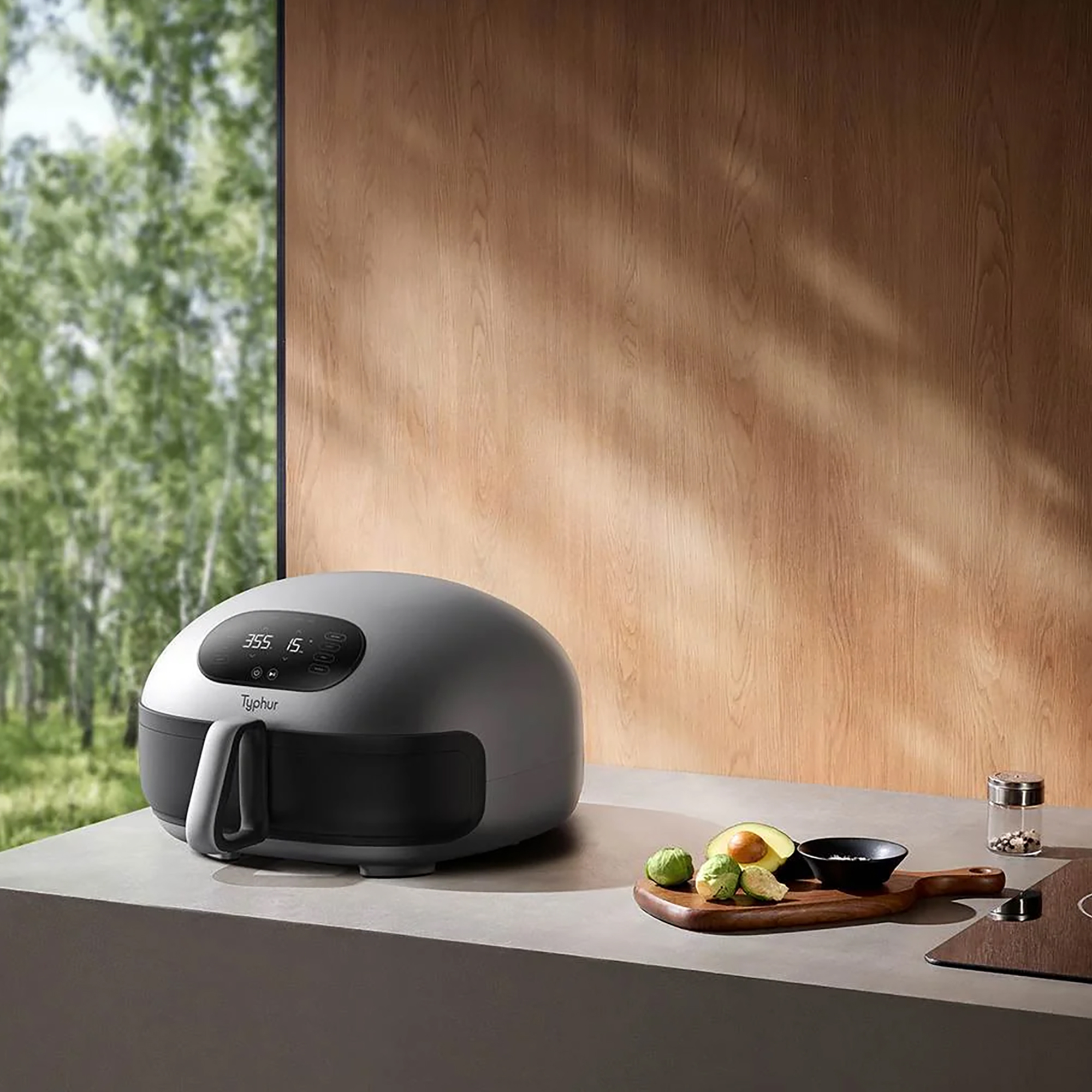 Typhur Dome 2 air fryer review – a glimpse into the future of air frying
Typhur Dome 2 air fryer review – a glimpse into the future of air fryingThe Typhur Dome 2 cooks food brilliantly and has all sorts of benefits, but is it worth the £499 price tag?
By Ellen Manning
-
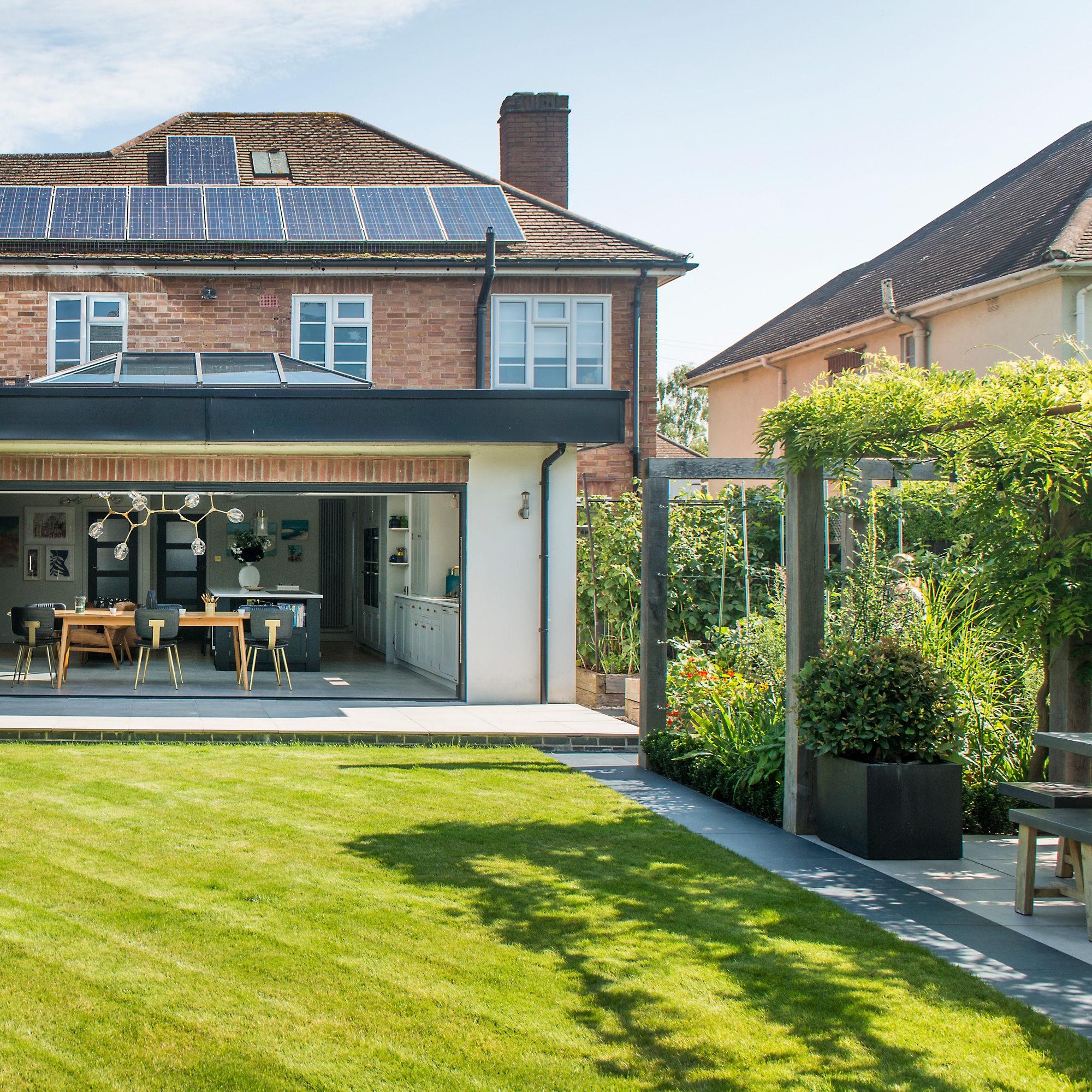 In creating their lush multi-use garden, the owners have cleverly futureproofed the space for years to come
In creating their lush multi-use garden, the owners have cleverly futureproofed the space for years to comeWith a zone for dining, a veg plot, a relaxing sun trap, and space for quiet contemplation
By Ginevra Benedetti
-
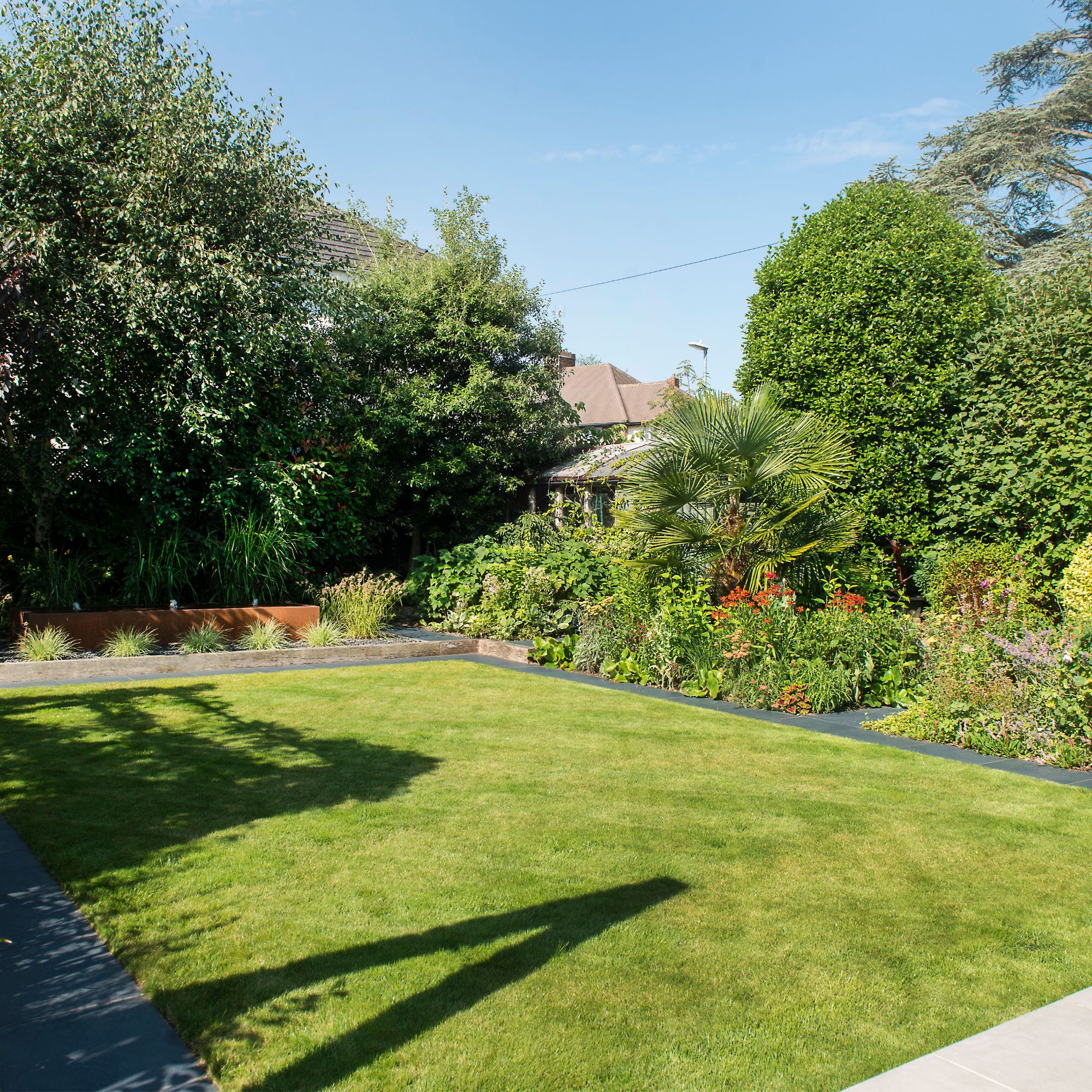 5 reasons why your grass seed isn’t growing and what you can do to help, according to garden experts
5 reasons why your grass seed isn’t growing and what you can do to help, according to garden expertsFor a lush, green lawn, you have to ensure the conditions are just right
By Kezia Reynolds